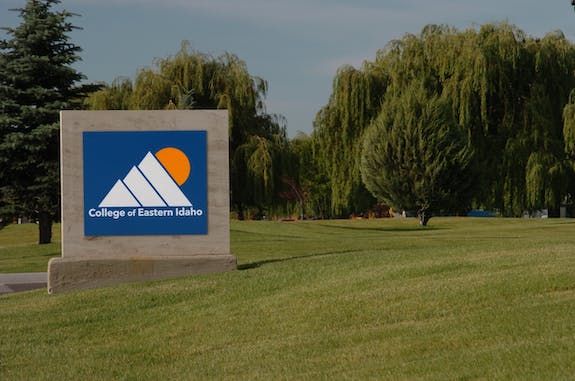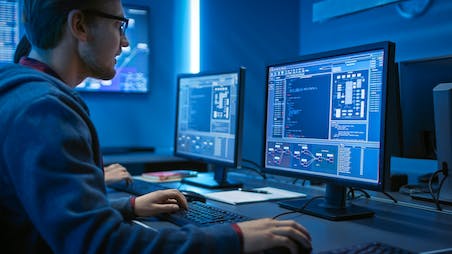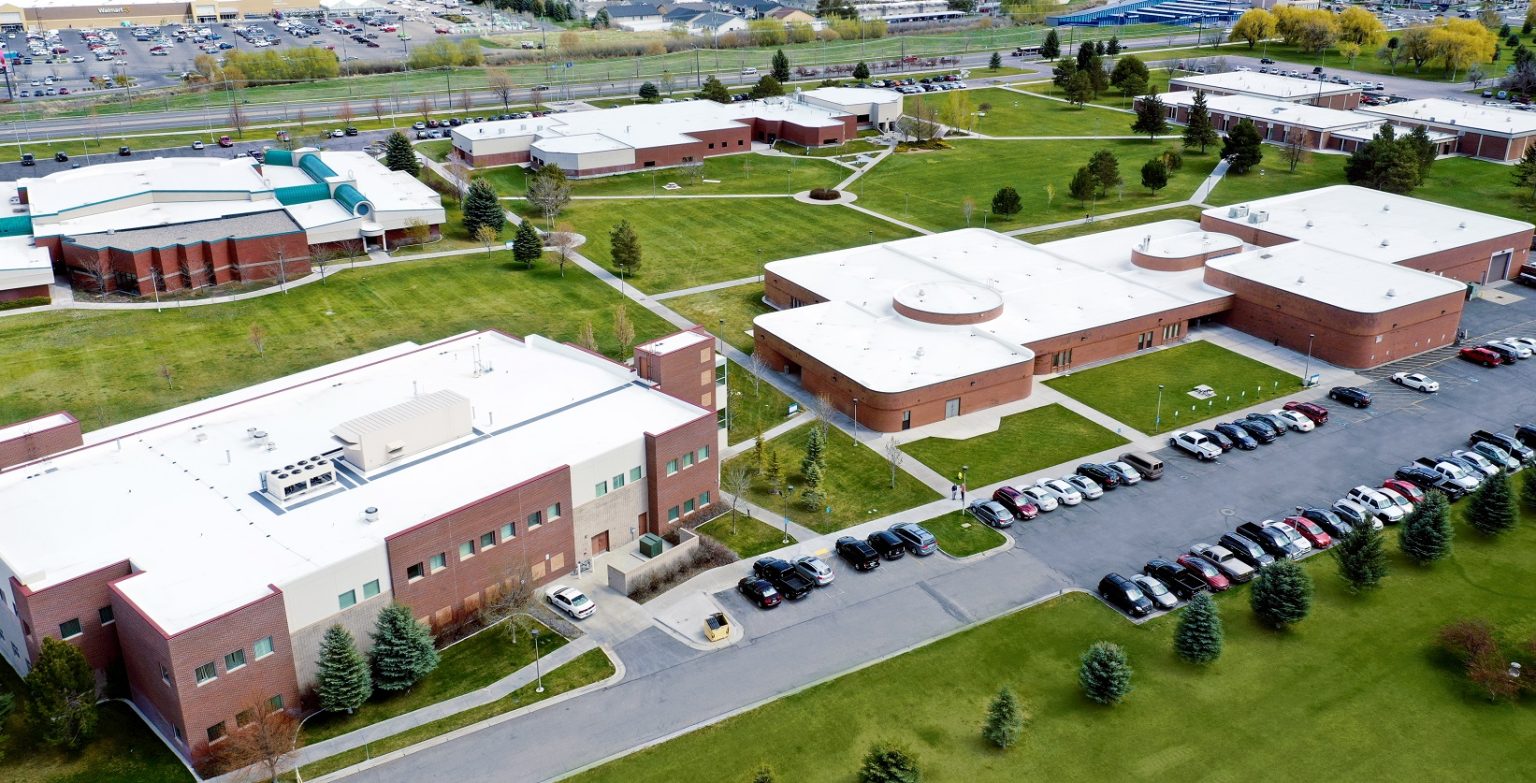It may have to wait until the coronavirus subsides, but as it seeks to develop a new generation of cybersecurity professionals, Idaho National Laboratory is looking to the College of Eastern Idaho (CEI) as a natural source of homegrown talent.
This last winter, the lab arranged to transfer 30 laptop computers so CEI can set up a laboratory that mirrors INL’s own Security Operations Center. The college is establishing the computing lab inside of a 10,000-square-foot building CEI is leasing on South Yellowstone Highway.
“It’s one thing to learn in theory and another to learn in a real setting,” said CEI President Rick Aman.
 When INL transitioned from Windows 7 to Windows 10 at the end of 2019, the lab found itself with spare laptops from its “loaner pool.” These were computers the lab loaned to employees on travel or remote assignments, said Dale Batt, cybersecurity analyst. They are serviceable, with years of life left on them, and hardware capable of handling the latest software.
When INL transitioned from Windows 7 to Windows 10 at the end of 2019, the lab found itself with spare laptops from its “loaner pool.” These were computers the lab loaned to employees on travel or remote assignments, said Dale Batt, cybersecurity analyst. They are serviceable, with years of life left on them, and hardware capable of handling the latest software.
The laptops were prepared and transferred to the college in March, coinciding with the shelter-in-place orders in response to the pandemic. Although they will eventually support CEI’s cyber program, all 30 laptops have been temporarily repurposed and given to CEI instructors for distance learning classes.
While INL has channels for disposing of surplus equipment, and procedures to be followed, it makes exceptions in the case of transfers to colleges and universities. INL’s relationship with CEI extends back to when it was Eastern Idaho Technical College. After voters approved the formation of CEI in 2017, the lab reached out to the school’s leadership about establishing a curriculum for a two-year associate degree in cybersecurity.
“As INL became more recognized for high-performance computing, we became aware that we needed to be involved at the entry level,” Aman said.
Cybersecurity talent is in demand nationwide, Batt said. “It’s a major challenge we have. At a certain point, we decided that we needed to start growing our own.”
INL already hires interns from CEI all year, so establishing a degree brings more formality to the existing relationship. Under the new curriculum, for the first year, students would take CEI’s networking classes. In the second year, the emphasis would shift to cybersecurity training.
“This is such a great career field,” Aman said. “And from where we are, if it works for the lab, 90% of it would work for any business, like health care or food processing. As you develop, simulations become more and more important. That’s why these computers are going to be so much help.”
 Linda Montgomery, INL Knowledge Management director, has been designated the lab’s official liaison to CEI. She said the availability of the laptops couldn’t have been timed better. “We said, ‘Here’s a collision of two great opportunities.’” It gives INL a chance to do something meaningful for students in the area, and it provides a potential source of new talent.
Linda Montgomery, INL Knowledge Management director, has been designated the lab’s official liaison to CEI. She said the availability of the laptops couldn’t have been timed better. “We said, ‘Here’s a collision of two great opportunities.’” It gives INL a chance to do something meaningful for students in the area, and it provides a potential source of new talent.
There is a statewide push to bring more cybersecurity training to community colleges, Montgomery said. In fact, representatives from Idaho’s four community colleges met with INL experts at CEI on Feb. 17 to discuss how the lab’s resources might be leveraged statewide.
At INL’s Collaborative Computing Center, which opened in 2019, a server has been donated for knowledge sharing for Idaho colleges and community colleges to use through the Idaho Regional Optical Network (IRON), a dedicated high-speed fiber optic network that supports research, health care, education and government needs. CEI’s computing center is linked to IRON, creating what they call a “cyber sandbox.”
Once a student with a two-year degree is in the door at INL, the possibilities open up, Montgomery said. Lab employees at all levels are encouraged to continue their studies, seek degrees and pursue professional licensing and certification. To help make this possible, INL covers tuition and fees from accredited institutions.
This is not only good for participants, but also ensures continuity and stability for the lab. In 2019, the graduate retention rate for employee education recipients was 97%.
“They can learn on the job and work their way up to the research level,” Montgomery said. “We just have an incredible opportunity here.”







